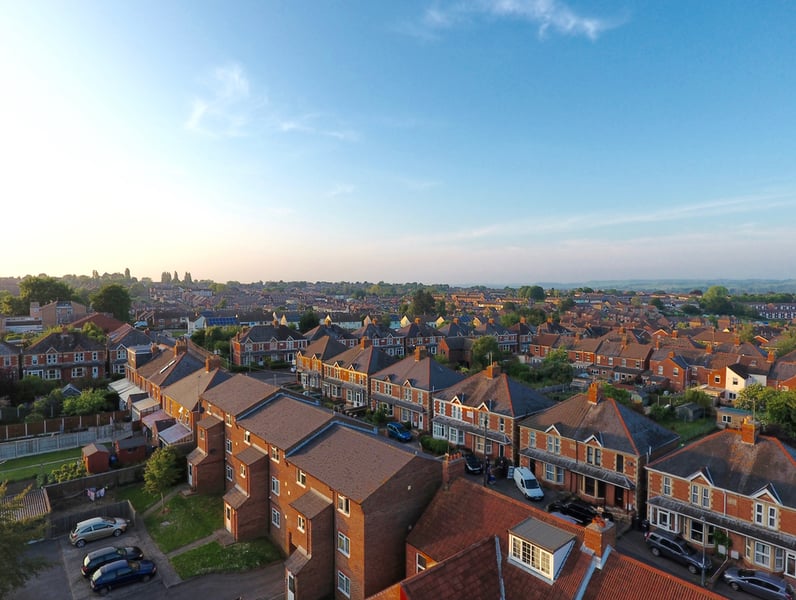From Q1 the value of outstanding balances with arrears dropped by 1.7%.

There were less arrears and more mortgages at higher loan-to-values (LTVs) reported in Q2, the Bank of England’s Mortgage Lender and Administrator Statistics have shown.
The value of outstanding balances with arrears saw a quarterly decrease of 1.7% to £14.2bn.
The proportion of total loan balances in arrears reached its lowest levels since 2007, falling to 0.97%.
The share of mortgages advanced in Q2 with LTV ratios exceeding 90% at 5.5%, the highest level since 2008.
Mark Pilling, managing director at Spicerhaart Corporate Sales,said: “It is obviously great news that arrears are low and still falling, but that does not necessarily mean that people are not experiencing financial difficulties.
“Instead, what I think we can take form these figures is that lenders are continuing to do all they can to help borrowers who are struggling, to ensure that repossession is always the last option.
“Another more worrying trend that we can see from these stats is that the number of mortgages with higher LTVs is continuing to increase.
“The number of mortgages with LTVs above 90% increased quite significantly this quarter, whilst those borrowing more than three times their incomes (both single incomes and joint) has also increased.
“This suggests that some borrowers may be stretching themselves too thin, and if rates do rise, they may start to struggle with their repayments.
“ONS figures released last month revealed house prices fell in the South West for the first time since 2009, so those with bigger loans which have been taken out recently may also find themselves in negative equity if this trend continues and spreads throughout the rest of the country.
“In uncertain times as these, it is really important that lenders continue to focus on speaking to borrowers who are struggling and ensuring that appropriate support and signposting is available.”
The proportion of lending at high loan-to-income (LTI) ratios, defined as loans greater than four times the value of annual income for a single borrower or greater than three times annual income for joint borrowers, was 46.1% in Q2 2019, a year-on-year increase of 0.7%.
The outstanding value of all residential mortgage loans also rose by 3.1% year-on-year.
The value of gross mortgage advances was reported at £66.1bn in Q2 2019, 1% lower compared to the same time last year.
Lending to owner-occupiers for house purchase accounted for just over half (50.5%) of total gross mortgage advances in Q2.
The share of gross mortgage lending for buy-to-let purposes, covering house purchase, remortgage and further advances was 13.1%, in line with a year earlier.
Mark Gordon, director of mortgages at comparethemarket.com, added: “High loan-to-value and loan-to-income lending is on the rise as an increasing number of homeowners take advantage of low interest rates and a slowdown in house price growth.
“High LTV loans should not be dismissed outright as too risky, as for many people they are their only route onto the property ladder.
“Nonetheless, when considering any type of mortgage it is always a good idea to check your eligibility with an onlinetoolwhich calculates how much you might be able to borrow and whether you are eligible for a mortgage.”



